Affiliate links on Android Authority may earn us a commission. Learn more.
You can already have Apple's new CarPlay experience today
Published onJune 19, 2022
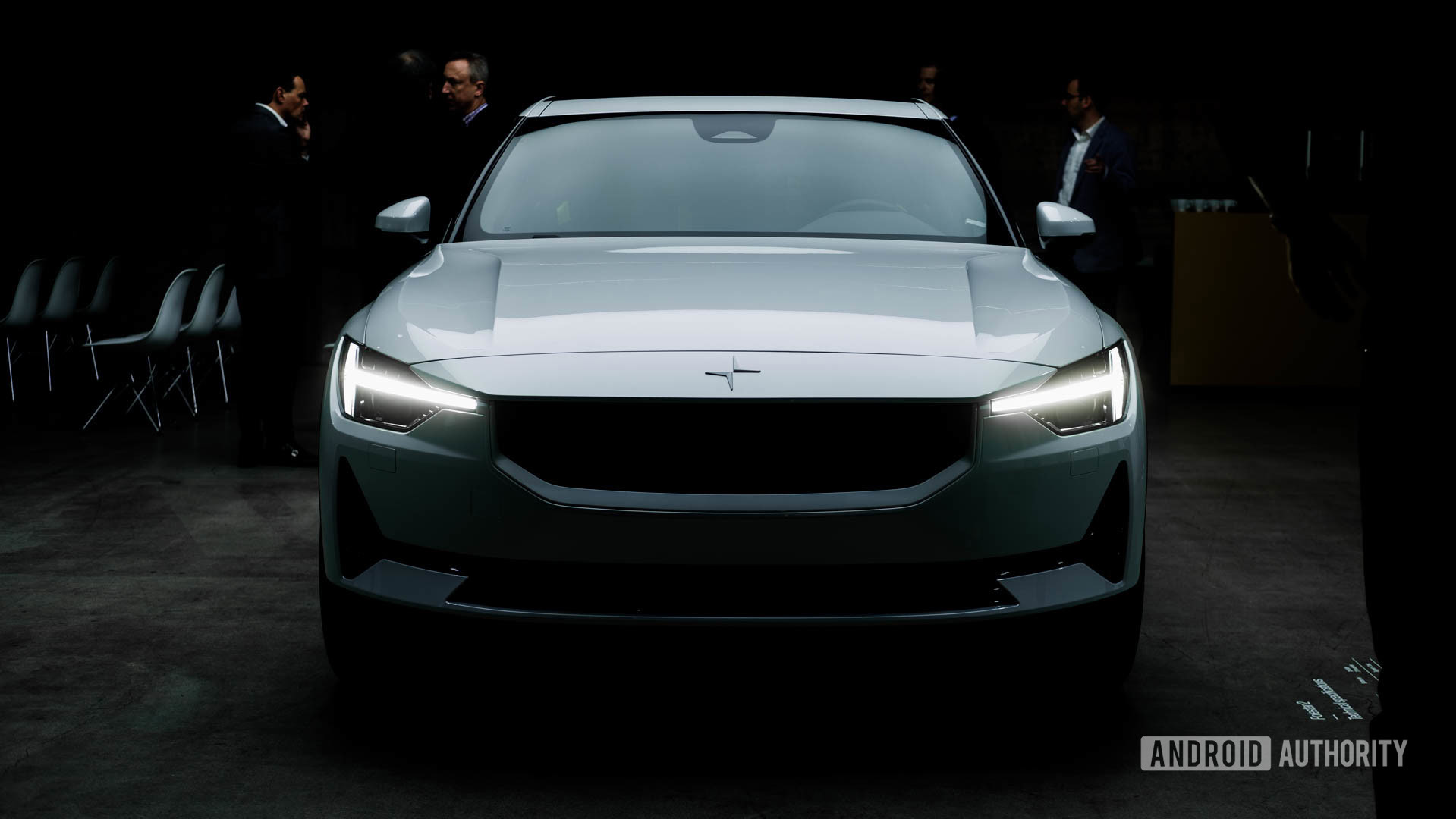
While the focus of Apple’s WWDC 2022 keynote was on Macs and OS updates, the company used one short segment to do something unusual — preview technology that’s coming not by the end of the year, but almost a year and a half later. Specifically a major expansion of CarPlay, the iOS feature that bridges iPhones with car infotainment systems. As you’ll see, Apple is really playing catch-up with Android Automotive, which is in vehicles as we speak. Long-term, it’s likely concerned with the groundwork for the Apple Car, as well as fending off a Google-based future.
Also read: Everything Apple announced at WWDC that we want to see on Android
How is Apple planning to expand CarPlay?
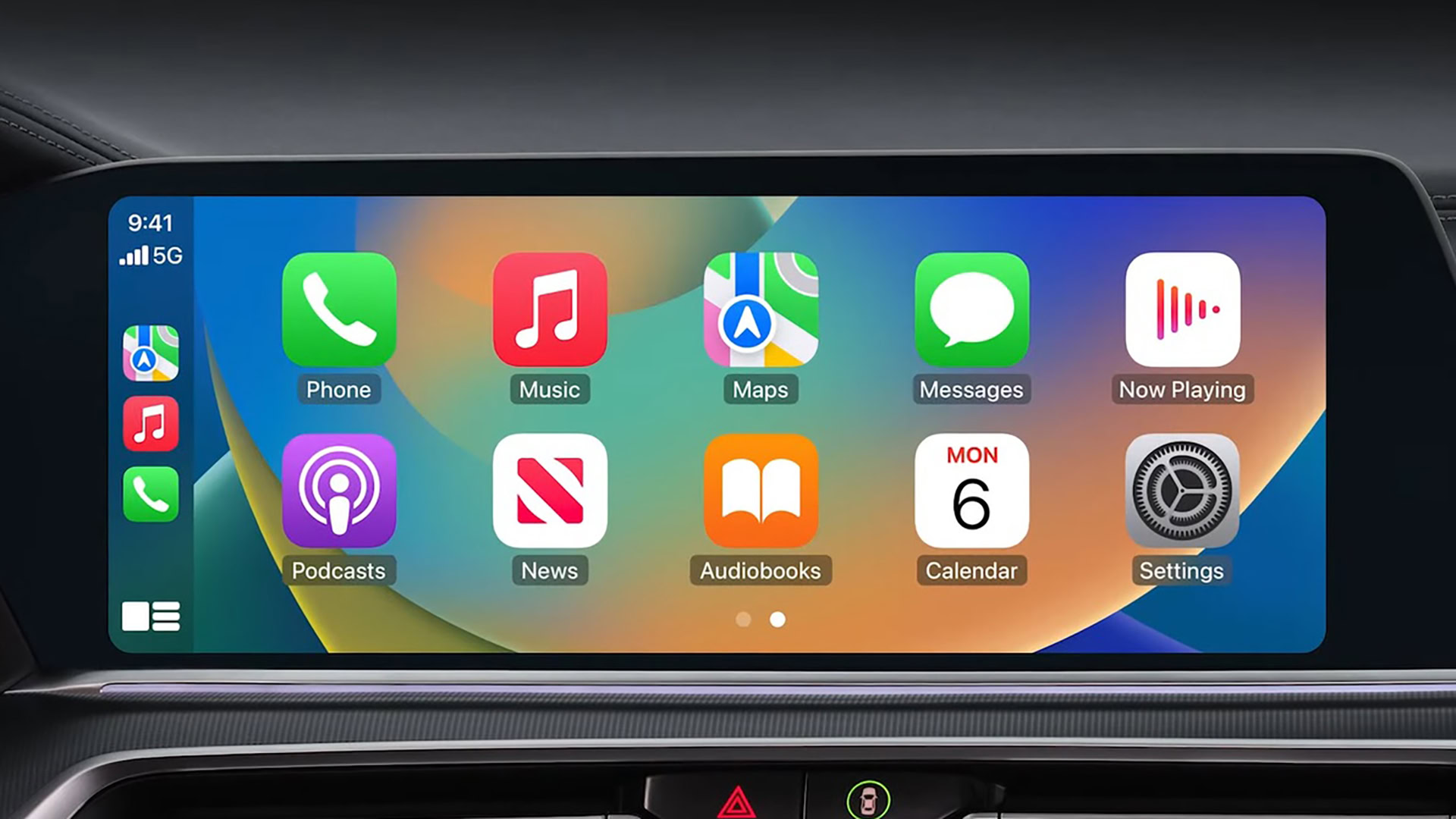
The current incarnation of CarPlay extends iOS apps and services to a dashboard display, which is typically more convenient and less distracting than trying to control everything from your iPhone. There are CarPlay versions of apps like Spotify and Google Maps, and you can also tap into core Apple services, such as Siri, Messages, or Apple Maps. Everything is presented in a simplified form, though you can toggle a multi-window view to control your music or podcasts while still seeing navigation info.
The new technology, slated to debut by the end of 2023, will take things much further. It allows CarPlay to replace every control or gauge on your dashboard. That includes your speedometer, gas/battery readout, and buttons for things like air conditioning and the radio. The degree of control and customization will depend heavily on automakers and how many screens a car has, but in principle, driving with this new version of CarPlay could feel a lot like Teslas, which likewise move as much as possible onto screens.
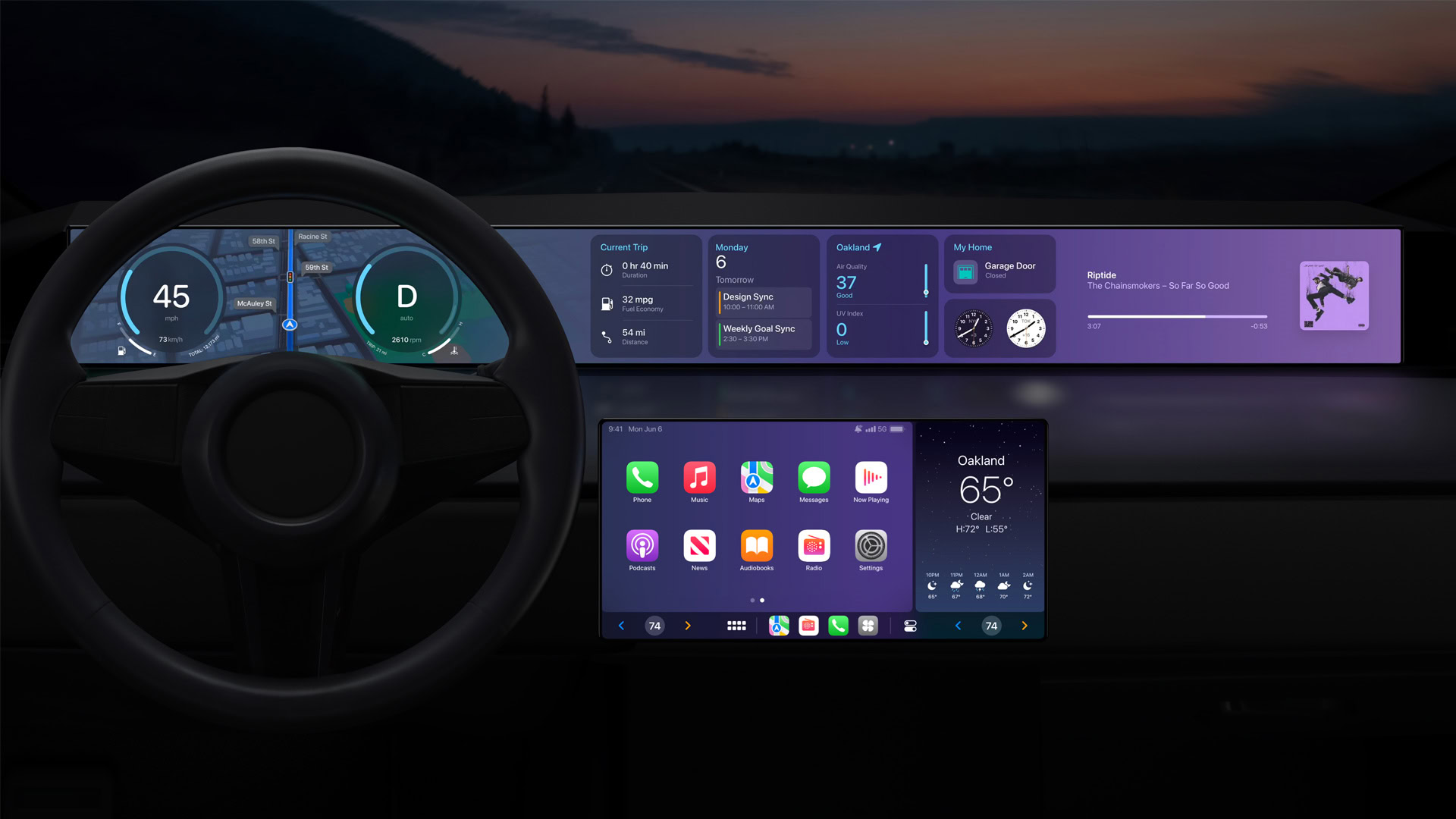
It’s not clear, yet, whether you’ll always need to connect your iPhone to make this work. Naturally, cars will need some sort of fallback interface in case you don’t have your phone with you.
So far the following brands have committed to bringing some form of expanded CarPlay to their products:
- Land Rover
- Lincoln
- Volvo
- Mercedes-Benz
- Audi
- Honda
- Porsche
- Nissan
- Jaguar
- Renault
- Infiniti
- Ford
- Acura
- Polestar
On top of this, Apple is supplying curated visual styles, plus widgets for things like the iOS Calendar and Weather apps. You’ll even be able to access HomeKit smart home controls, so you could for instance activate a compatible garage door opener with a single touch.
Why Android Automotive is a step ahead
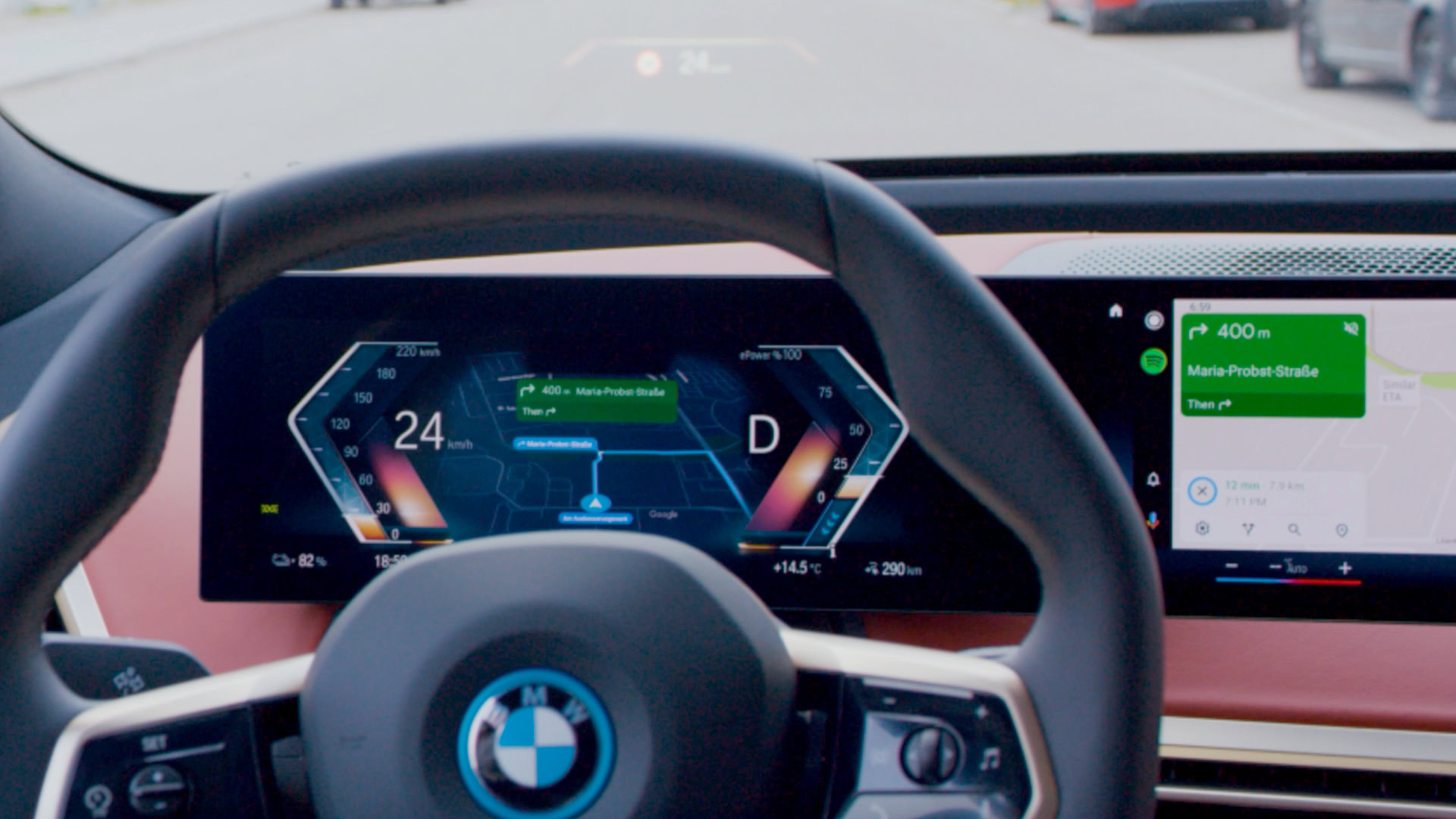
First, let’s clear up some confusion — Android Auto and Android Automotive are related, but separate. The former is similar to CarPlay in its present state, extending the apps on your Android phone into a more driver-friendly format. No phone, no Auto.
Automotive, however, is a self-contained, pre-installed platform. You never need your phone, and it can be connected directly to the internet via a car’s own cellular link. When a connection is active, you may be able to sign into your Google account via an in-car touchscreen. (You don’t have to sign in, but that limits functionality.)
Users get a scaled-back version of the Play Store restricted to compatible apps, not that you’d want to try something like PUBG Mobile on the highway. Note that Automotive isn’t widely supported by developers so far, so you may find some favorite apps missing.
The most important aspect for our discussion is that car controls are baked in. In a Polestar 2, for example, you can use its tablet-like main display to control lights, air conditioning, and seat positions. You can also check car cameras, and its version of Google Maps estimates how much battery you’ll have left for any given destination.
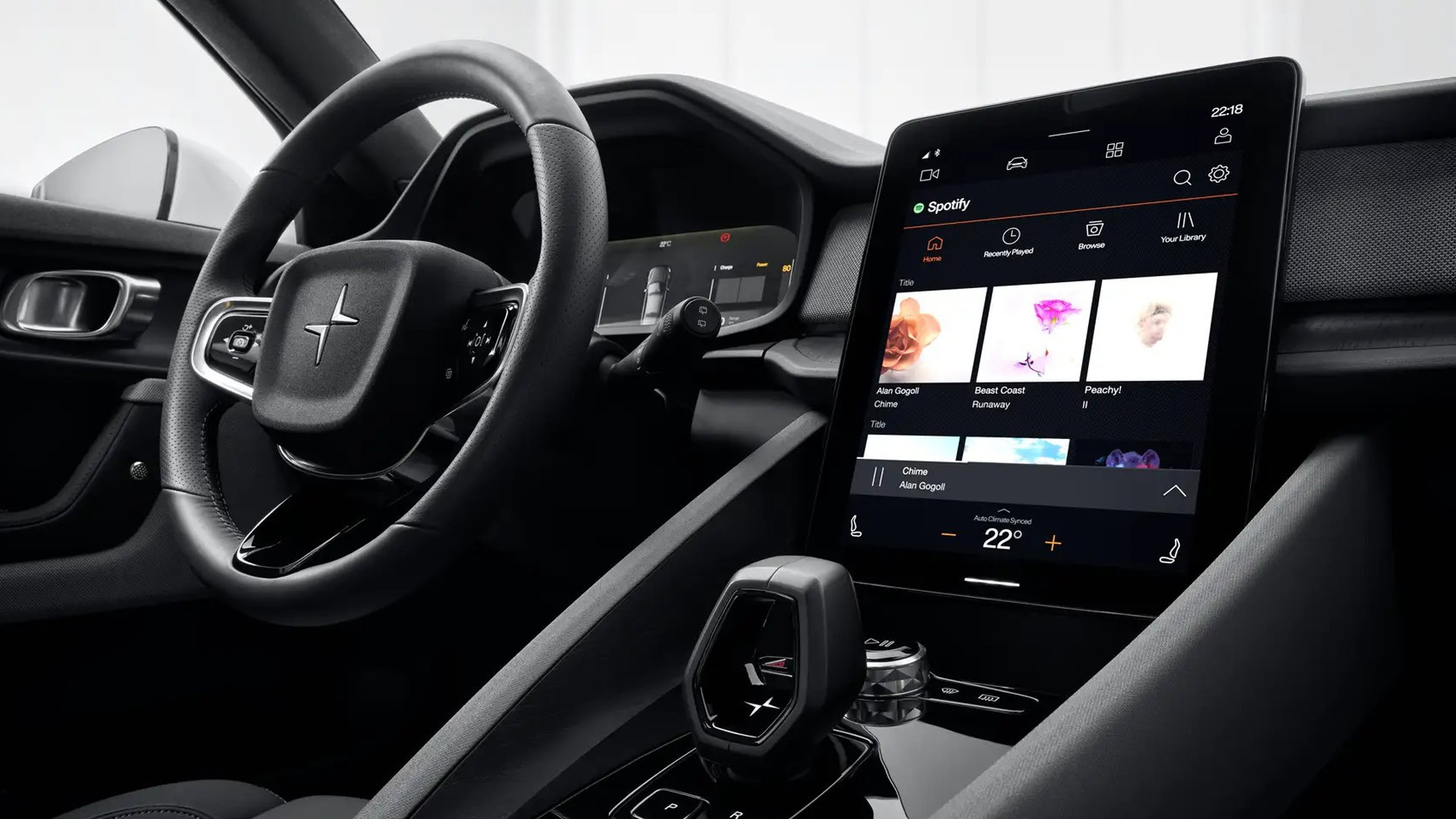
Some implementations of Automotive have instrument clusters, and/or widgets, like an analog clock. Polestar probably has the best layout so far though, since its “tablet” can run four apps simultaneously in a grid, with essential controls located at the top and bottom edges.
Having any vehicle on the roads at all gives Android Automotive a headstart versus the expanded CarPlay.
The one major problem with Automotive is model support. Relatively few vehicles have adopted the technology, and they’re often models priced out of range of the average person, like the Polestar 2, Volvo XC60, or Hummer EV. Ford is promising to put the platform on “millions” of cars starting in 2023, so that will hopefully push sticker prices down.
Having anything on roads at all gives Android Automotive a headstart versus the expanded CarPlay. There isn’t a single confirmed car model for the latter, much less a price tag or a release date. When asked about supporting Apple’s plans, a dozen automakers either refused to comment or said they were exploring possibilities.
Are you interested in buying or leasing a car with Android Automotive?
Where is Apple headed with CarPlay?
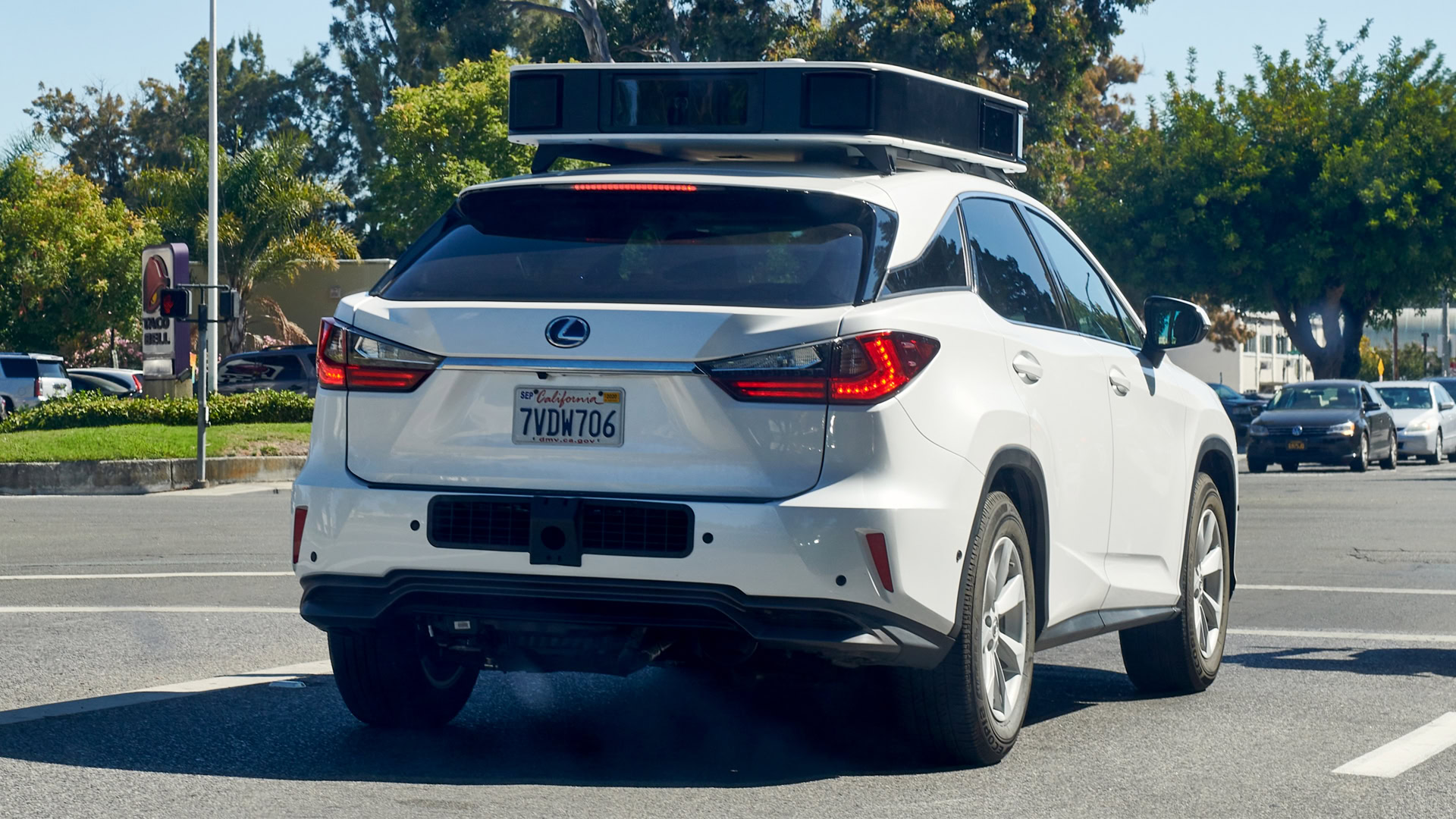
As we mentioned at the beginning, one of the company’s biggest concerns is (almost certainly, anyway) laying the groundwork for the upcoming Apple Car. While we won’t see anything on sale until 2025 at the earliest, Apple has been testing self-driving technology in public for years, and there are too many other reported details to think a vehicle isn’t coming. The first model might end up semi-autonomous, depending on development progress and relevant laws.
Apple not only has to build a full-fledged car interface, but sell people on its potential and shake out any bugs or design problems. That could be an obstacle to “CarPlay Plus” adoption by third parties — they know what’s coming, and are probably hesitant to be guinea pigs or early marketing tools for a product that will steal their marketshare.
If nothing else, Apple has to be worried about fending off Android Automotive.
On the other hand, automakers have been notoriously terrible at building their own infotainment systems, so customer demand could force their hands. There’s even a licensing opportunity here, since while automakers aren’t paying anything for CarPlay at the moment, they might be willing to pay Apple for a self-contained platform, assuming the company decides to go that route. The catch is that Apple would need to offer some sort of basic functionality for Android users. A lot of drivers would be upset if they couldn’t pair an Android phone for something as simple as Bluetooth calling.
If nothing else, Apple has to be worried about fending off Android Automotive. Were the company to do nothing, it would end up in a situation where many millions of cars are using Android, encouraging people to stay in the Google/Android ecosystem when it comes to things like phones and smart speakers. If Apple succeeds with CarPlay and/or the Apple Car, that could lead to platform lock-in similar to the Apple Watch’s dependence on the iPhone — only instead of a $400 wearable, people would be attached to a $40,000-plus car.
Continue: The best Android Auto apps to get the most out of it